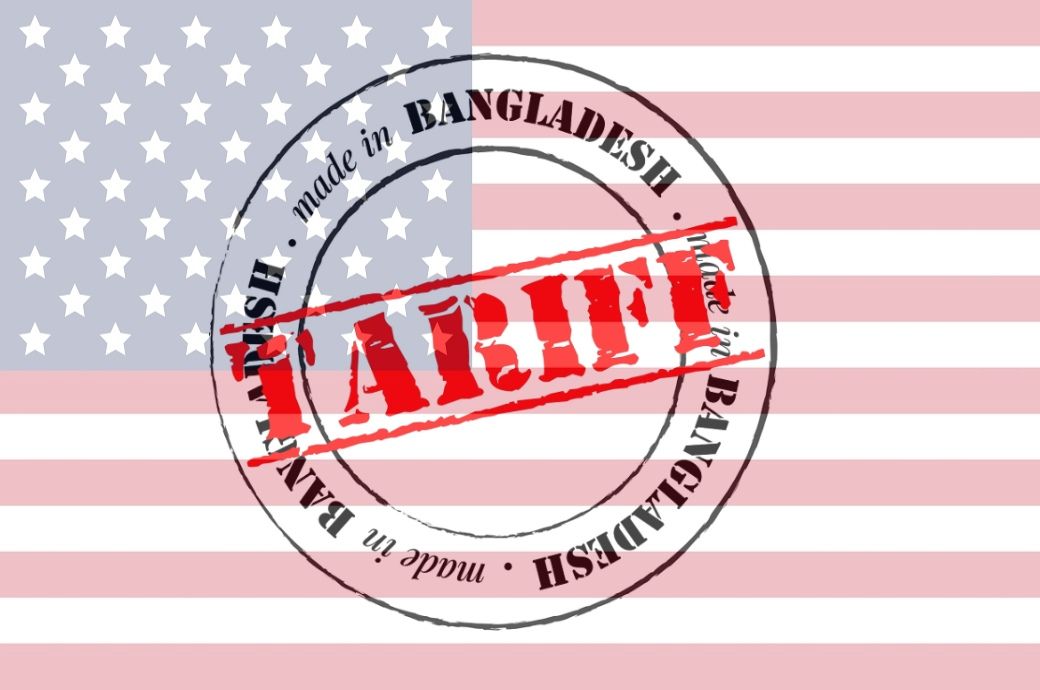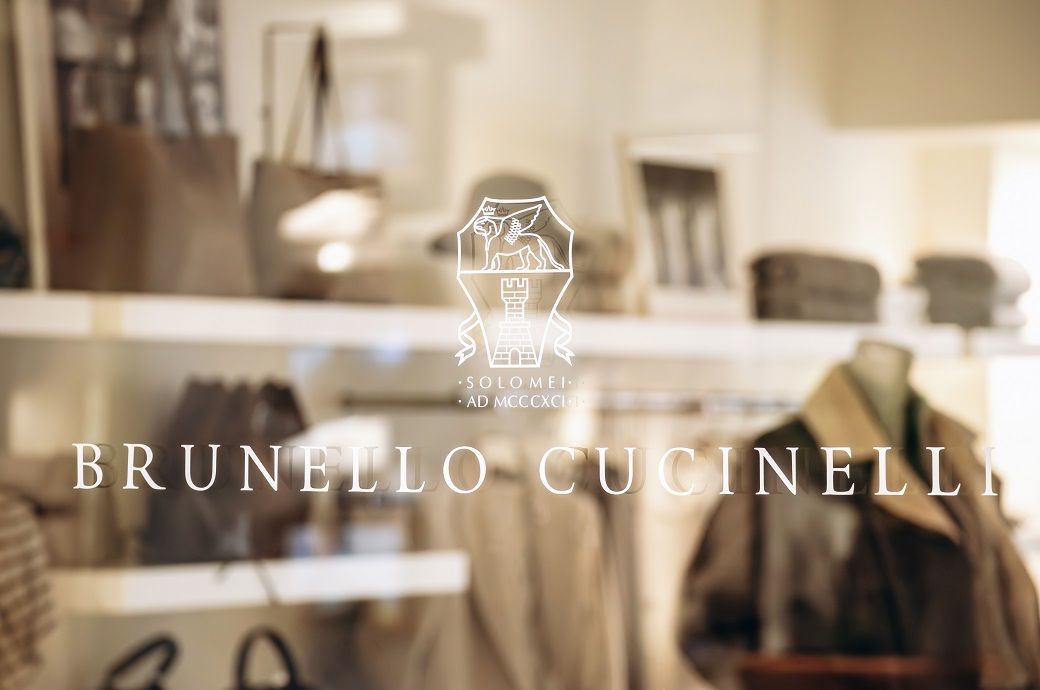
For Bangladesh, the second-largest apparel exporter globally, this announcement has come as a major blow. The country exports around 20 per cent of its total apparel products to the US. In 2024, the overall bilateral trade between the two countries stood at $10.6 billion, with Bangladeshi shipments accounting for $8.4 billion and US exports to Bangladesh totalling $2.2 billion.
The US has imposed 35 per cent tariff on imports from Bangladesh.
As per some experts and industry players, the newly imposed 35 per cent tariff will be added to the existing average duty of around 15 per cent.
However, there is some hope of tariff reduction as the USTR has reportedly extended invitation to Bangladesh for another round of negotiations from today.
In the given scenario, the sudden imposition of a 35 per cent tariff threatens to seriously undermine Bangladesh’s competitiveness in one of its largest and most crucial markets.
Meanwhile, as per some experts and industry players, the newly imposed 35 per cent tariff will be added to the existing average duty of over 15 per cent on ‘Made in Bangladesh’ products, thereby raising the total tariff burden to more than 50 per cent.
President Trump in his letter reportedly emphasised that the 35 per cent duty is still relatively modest compared to what would be necessary to close the existing trade deficit with Bangladesh.
He further reportedly held that if Bangladesh were to retaliate by raising its own import duties or implementing new trade barriers, the US would respond by increasing the tariffs beyond the already announced 35 per cent.
It may be mentioned here that even though Bangladesh apparel exporters would not have to directly pay these tariffs, the increased import expense is likely to lead US importers to scout for manufacturing destinations with lower duties. And given the competitive advantage Vietnam already enjoys, Bangladesh apparel exporters have reason enough to lose their sleep.
Vietnam has recently managed to secure a more favourable arrangement with the US, resulting in a 20 per cent tariff on its exports. In return, Vietnam has agreed to refrain from placing tariffs on American imports, according to reports.
This strategic deal has allowed Vietnam to avert a much steeper 46 per cent tariff that was previously under consideration.
Bangladesh apparel manufacturers have expressed deep concern about these developments. Operating under such a high-tariff regime could prove unsustainable, they argue. Given that the garments sector is not only a major contributor to national exports but also a key employer and economic driver, the ripple effects of this decision are expected to extend far beyond just textile manufacturers.
The broader trade and financial ecosystems—including banking, insurance, logistics, and raw material suppliers—could also feel the pressure as the industry struggles to adapt to the new reality.
“The RMG sector, a cornerstone of Bangladesh’s economy, faces significant challenges due to this tariff, which could affect many factories and workers,” felt Asif Ibrahim, the Vice Chairman of Newage Group and former president of the Dhaka Chamber of Commerce and Industry (DCCI) and former director of the Bangladesh Garment Manufacturers and Exporters Association (BGMEA).
However, there still appears to be a sliver of hope!
Fazlul Hoque, Managing Director of Plummy Fashions Ltd and former president of the Bangladesh Knitwear Manufacturers and Exporters Association (BKMEA), sounded cautiously optimistic when he maintained, “Another round of discussions with the USTR begins today and will continue until July 11. Only after that will we know the final outcome.”
As per reports, the United States Trade Representative (USTR) has extended invitation to Bangladesh for second round of negotiations from today on proposed Agreement on Reciprocal Tariff.
Nevertheless, Hoque warned that if the 35 per cent tariff remains in place, Bangladesh will struggle to compete with countries like Vietnam, which also holds a larger share in the US market. He also added that the high tariff could force many Bangladeshi suppliers to shift their focus away from the US, intensifying competition in other markets even as some manufacturers may have to shut shop for the good, thereby harming the industry further in the long run.
Meanwhile, another apparel exporter speaking to Fibre2Fashion on condition of anonymity underlined, “If countries like India, China etc are granted leniency while Bangladesh have to bear the burden of 35 per cent additional tariff on top of the existing average 15 per cent duty, it would be nothing short of a catastrophe.”
However, for now, industry players prefer to keep their fingers crossed till July 11, 2025, hoping for some respite.
Fibre2Fashion News Desk (DR)


:max_bytes(150000):strip_icc()/Health-GettyImages-1342980570-80531d9053c343799c89a6dbe9fcb768.jpg)

